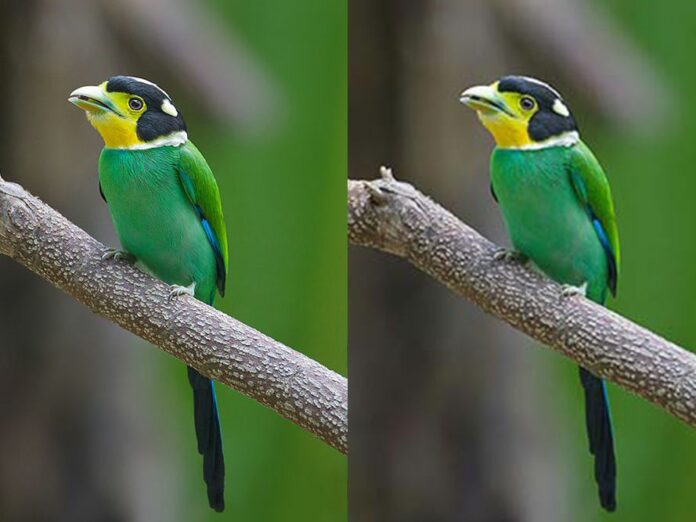Image compression is a type of data compression applied to digital images, to reduce their cost for storage or transmission. Algorithms may take advantage of visual perception and the statistical properties of image data to provide superior results compared with generic data compression methods which are used for other digital data.
Image compression may be lossy or lossless. Lossless compression is preferred for archival purposes and often for medical imaging, technical drawings, clip art, or comics. Lossy compression methods, especially when used at low bit rates, introduce compression artifacts.
Lossy methods are especially suitable for natural images such as photographs in applications where minor (sometimes imperceptible) loss of fidelity is acceptable to achieve a substantial reduction in bit rate. This compression that produces negligible differences may called visually lossless.
An important development in image data compression was the discrete cosine transform (DCT), a lossy compression technique first proposed by Nasir Ahmed in 1972. DCT compression became the basis for JPEG, which was introduced by the Joint Photographic Experts Group (JPEG) in 1992. JPEG compresses images down to much smaller file sizes, and has become the most widely used image file format. Its highly efficient DCT compression algorithm was largely responsible for the wide proliferation of digital images and digital photos, with several billion JPEG images produce every day as of 2015.
What is the use of image compression?
The objective of image compression is to reduce irrelevance and redundancy of the image data to be able to store or transmit data in an efficient form. It is concern with minimizing the number of bits require to represent an image. Image compression may be lossy or lossless.
What is need of image compression?
The objective is to reduce irrelevance and redundancy of the image data to be able to store or transmit data in an efficient form. It is concern with minimizing the number of bits require to represent an image. This may be lossy or lossless.
What are advantages of image compression?
It takes up less space on the hard drive and retains the same physical size, unless edit the image’s physical size in an image editor. The file size reduction with the help of internet, to create image rich sites without using much bandwidth or storage space.
What are disadvantages of image compression?
- JPEG compression technique is a lossy compression.
- Quality of Image is reduce after JPEG compression owing to the loss of actual content of the image.
- JPEG is not suitable for images with sharp edges and lines.
- JPEG images do not support layered images.
What are application of image compression?
The areas where it is use are in television broadcasting, Remote sensing via satellite, for military communication systems through radars, Tele conferencing systems, communications systems built through computers, Facsimile transmission medical images in computer tomography magnetic resonance imaging.
Does image compression reduce quality?
Compressing JPEG images downgrades the quality of the image. As a result, the resolution of each image is significantly different. If you reduce resolution, the number of pixels will cut down resulting in a pixelate image. However, when you compress file size, a different algorithm will be applied.
Does compression affect resolution?
A higher pixel resolution image results in a larger file size and potential loss of image quality if viewed on a standard monitor. Use of compression has a greater effect on decreasing image size than reducing resolution before subjective or objective loss of image quality occurs.
What are four methods of compression?
- Tube. Probably the oldest type of compression is tube compression.
- Optical. Optical compressors affect the dynamics of an audio signal via a light element and an optical cell.
- FET. FET or “Field Effect Transistor” compressors emulate the tube sound with transistor circuits.
- VCA.
What happens when you compress a picture?
Depending on how many colors are use in a picture, you can reduce the color format of the image (compress) to make its file size smaller. Compressing a picture makes the color take up fewer bits per pixel, with no loss of quality.





